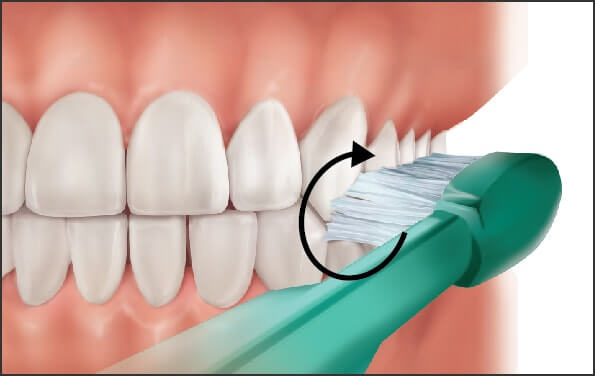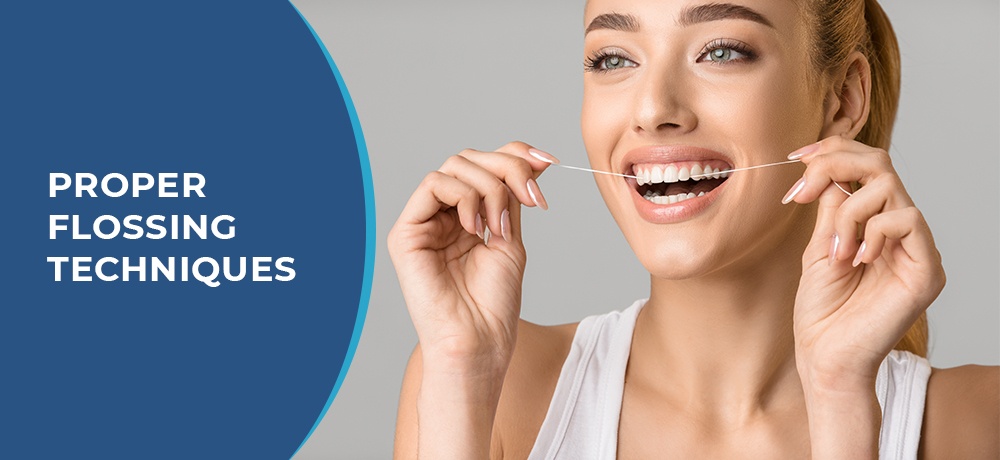Mastering Oral Hygiene: A Guide to Brushing, Flossing, and Beyond
Maintaining good oral hygiene is the foundation of a healthy smile. As dental professionals, you know that proper brushing and flossing techniques are essential for preventing cavities, gum disease, and other dental issues. But how can you help your patients master these skills? Let’s break it down step by step and explore the habits that lead to lifelong oral health.

Brushing Techniques: The Basics of a Clean Smile
1. Choose the Right Tools
-
Toothbrush: A soft-bristled toothbrush is gentle on gums and effective at removing plaque. For an extra edge, recommend an electric toothbrush, which can clean more efficiently.
-
Toothpaste: Always use fluoride toothpaste to strengthen enamel and prevent decay.
2. Brush Twice a Day
Encourage patients to brush in the morning and before bedtime to remove plaque and bacteria.
3. Proper Brushing Method
-
Hold the toothbrush at a 45-degree angle to the gums.
-
Use gentle, circular motions to clean the front, back, and chewing surfaces of each tooth.
-
Brush for at least two minutes.
-
Don’t forget to brush the tongue to remove bacteria and freshen breath.

Flossing Techniques: The Secret to Healthy Gums
1. Choose the Right Floss
-
Waxed floss, unwaxed floss, and dental tape are all effective. Help patients choose based on their preferences and tooth spacing.
2. Floss Daily
Remind patients to floss at least once a day to remove plaque and food particles between teeth.
3. Proper Flossing Method
-
Use about 18 inches of floss, winding most of it around your middle fingers and leaving an inch or two to work with.
-
Gently slide the floss between teeth using a back-and-forth motion.
-
Curve the floss into a C shape around each tooth and slide it up and down along the side and under the gumline.
-
Use a fresh section of floss for each tooth.
The Importance of Regular Dental Check-Ups
Even with perfect brushing and flossing, professional care is essential. Encourage patients to:
-
Visit the dentist biannually for cleanings and exams.
-
Address issues like cavities, gum disease, or oral cancer early, when they’re easier to treat.
A Healthy Diet for Healthy Teeth
What your patients eat impacts their oral health. Share these tips:
-
Limit Sugary Foods and Drinks: Sugar fuels bacteria that cause decay. Encourage healthier snacks like fruits, vegetables, and nuts.
-
Eat a Balanced Diet: Include calcium-rich foods (like dairy) and vitamin-rich foods (like leafy greens) to strengthen teeth and gums.
-
Stay Hydrated: Drinking water helps wash away food particles and bacteria, reducing the risk of decay.
Conclusion: Building Lifelong Oral Health Habits
By mastering brushing and flossing techniques, scheduling regular check-ups, and maintaining a healthy diet, your patients can enjoy a lifetime of healthy smiles.
At Lenox Instruments, we’re proud to support dental professionals like you with precision-crafted tools that make oral care easier and more effective. Together, let’s help your patients achieve their best smiles.
Explore Our Products
Check out our range of dental instruments designed to support your practice:
Contact Us
Have questions or need support? Reach out to us:
-
Phone: +1-586-504-6793
-
Email: info@lenoxinstrumentsusa.com
-
Website: www.lenoxdent.com
Lenox Instruments – Your partner in promoting oral health and transforming smiles worldwide.

